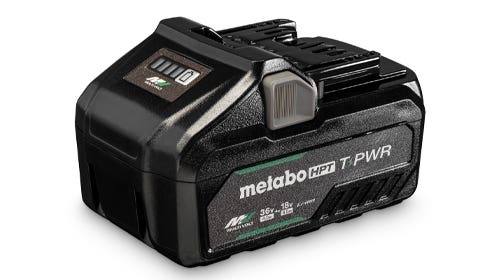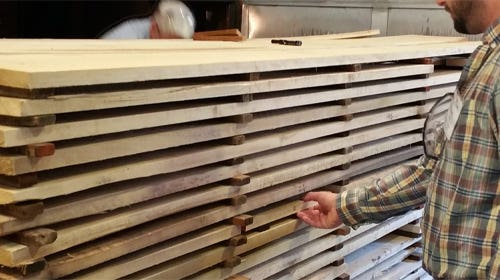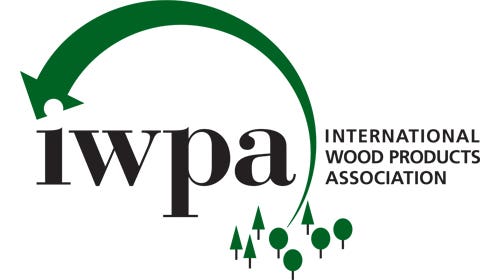Butternut is available while supplies last
Valued for its soft velvety texture, butternut (Juglans cinerea), also known as white walnut, has seen better days. Many butternut trees in North America are currently affected by a fungal…
Valued for its soft velvety texture, butternut (Juglans cinerea), also known as white walnut, has seen better days. Many butternut trees in North America are currently affected by a fungal disease known as the Butternut canker, according to the Wood Database. The U.S. Fish and Wildlife Service has listed it as a species of federal concern.
Louis Irion of Irion Lumber in Wellsboro, Pa. says the butternut tree is a relatively minor species to begin with, not nearly as prevalent as oak or maple, and that a lot of mills are cutting it now because of its plight with the canker disease.
“I don’t know if it’s doomed or not, but It’s definitely a highly stressed species,” Irion says. “When people tell us they have the trees, we try to tell them if they’re healthy not to cut them because some of them may not get the blight. But if you start to see them fall apart, the leaves yellowing in the summertime and other problems, it’s time to cut them and salvage them because once they reach that point it’s just a matter of time.”
He says standard butternut trees average around 7”-8” in diameter, but there are a fair number in the 10”-15” range. While the wood is not ideal for tables or flooring due to its softness, it is a good choice for carving and architectural millwork.
“It’s a member of the walnut family but it’s much lighter in color and it’s one of the softer hardwoods. Essentially, it finishes out to a light brown color. It doesn’t have a lot of strong grain, but it has a real depth and beauty to it,” says Irion.
John Sliney of Vienna Hardwoods in Vienna, Va. says 4/4 boards are readily available.
“It’s a slow mover but a lot of people like it for carving. Boards thicker than 1” can be hard to get, and of course people want it thick for carving,” says Sliney.
“People like the swirly grain of walnut, and butternut has almost the same grain patterns. It makes beautiful paneling. It would be great for a library or library shelving,” Sliney adds.
On the veneer side, Matt Gilland of Superior Veneer & Plywood in New Albany, Ind., says that although the color is pretty, it can display dark pockets called cigar burns.
“People will see it and love the look of it, and it has a really nice appearance, but I tell them to expect defects in it,” says Gilland. “The defects are dark pockets dispersed throughout the veneer. Usually availability is pretty limited. From what I hear from veneer guys on the mill side, they don’t want to work with it.”
Retails quotes for 4/4 butternut averaged about $6/bf.
This article originally appeared in the January 2020 issue.






